By contributing to 13% of the world’s GDP, the construction industry is regarded as the largest industry in the world (Source: McKinsey).
But, when compared to other industries, it hasn’t undergone significant disruptive changes and is one of the slowest growing industries.
However, new-age construction technologies, advanced materials and smart tools look forward to speed up the rate of disruption and transform the golden tomorrow for E&C (Engineering and Construction) industry.
Keep reading to find out what are next global megatrends that are reshaping the future construction industry.
What Challenges are faced by Construction Industry?
Till date, the construction industry has been struggling with many challenges such as:
- Shortage of labour, space & logistics (lorry issues)
- Carbon emissions through constructed objects
- Meeting the ever-growing space demands
- On-site Security issues
- Shipping & Project delays
- Degrading productivity and quality of buildings
- Safe working conditions
The growing construction technologies are spearheading the transformation and are opening new gateways to better opportunities.
Let’s dive into the future of construction industry.
Advanced Materials, equipment & Techniques for a Solid Structure
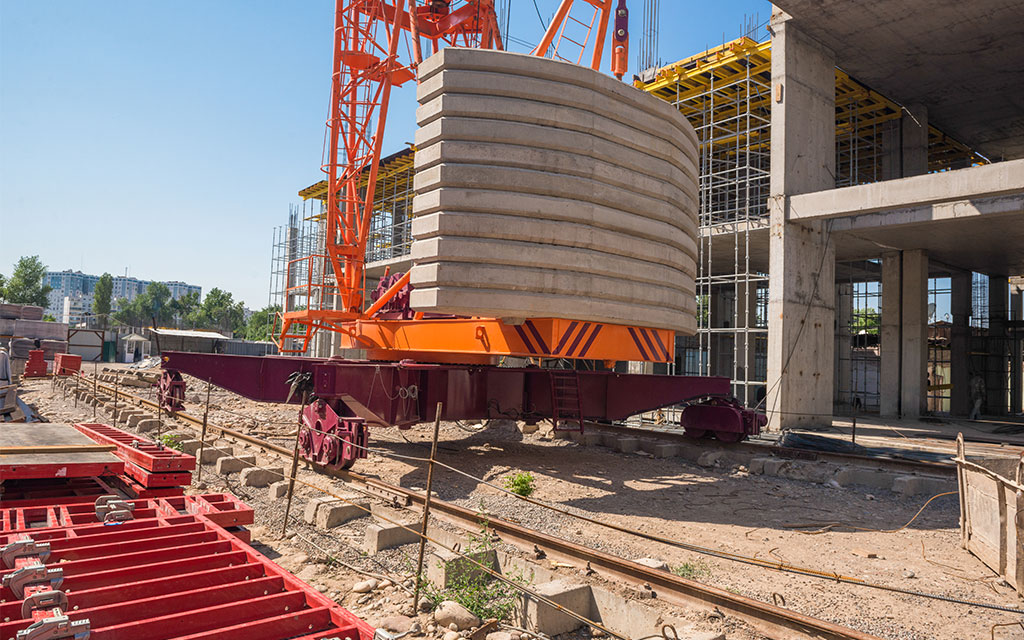
1. Advanced building and finishing materials
Building materials constitute around one-third the cost of total of construction.
The new, improved, and advanced building materials will make up an extremely powerful way to low down the total cost of ownership as they will offer:
- Higher recyclability or reusability
- Reduce life cycle costs
- Faster construction processes
- High energy efficiency
- Improved health and well-being
- Intelligent temperature management
Examples: Have a look at some of the upcoming advanced building materials that’ll become common in future.
| Material |
Features/characteristics |
| Self-Healing Concrete |
Self-healing concrete is generated by adding bacterial spores in the normal concrete. It reduces life-time costs upto 50%. |
| Neopor |
Neopor is an advanced type of Styrofoam that offers higher-level insulation than the normal polystyrene. |
| Concrete Admixing |
Concrete when admixed with some special construction chemicals fixes 50% fast and helps achieve faster constructions. |
| Micronal |
Incorporating this micro-encapsulated phase-change material into building materials offers intelligent temperature management. |
2. Modular Buildings reduce waste and cutdown time & cost
Modular buildings aid in construction efficiency and better sequencing as the components of the project are prefabricated/constructed off-site (factory) and then assembled on-site.
As it involves off-site construction, weather upholds are eliminated and timely delivery is ensured.
Be it large scale plants or residential, Modular construction of buildings is the future of construction industry.
Advantages:
- Speedy construction
- Reduces waste
- Easy to control
- Cutdown costs
- Increases productivity
- Resolves labour shortage
Example:
Off-site construction enables the developers or builders to build a multi-storeyed building or apartment in just a few days.
In fact, by using modular construction concept, a building having 60 floors can be constructed within a month!

3. Automated construction equipment
As more and more processes within the construction industry are getting mechanized, the machinery involved continues to deliver greater productivity gains.
Automated and semi-automated construction equipment eases out the complex construction tasks along multiple dimensions leaving very little human involvement.
Advances in new construction technology and automation of processes in future ensures:
- reduced construction costs
- shorter delivery time
- Increased productivity & higher quality,
- High accuracy and few human errors
- Improved safety (automating processes for danger zones)
Example:
Komatsu, a well-known Japanese Construction equipment manufacturing company is working on Smart Bulldozers.
These bull dozers will be IoT driven and work in combination with intelligent sensors, drones etc.
They’ll automatically start the pre-construction work based on data obtained related to terrain.
4. Catalogue homes/kit homes (address worker/labour issues)
Imagine you just visit a home construction company and they present to you a catalogue of homes. You select a one that you love and your home kit will be delivered to the place where you want.
Amazing isn’t it!
The concept is similar to modular buildings where the major construction work is done offsite (in a factory) and the parts (kit) is sent to the client location for assembling.
Advantages:
These kit houses won’t require any major labour/human resource to set it up and will be ready sorting the time to build issues as well.
The development costs will also be reduced.
Technology Trends: Ride the wave of change
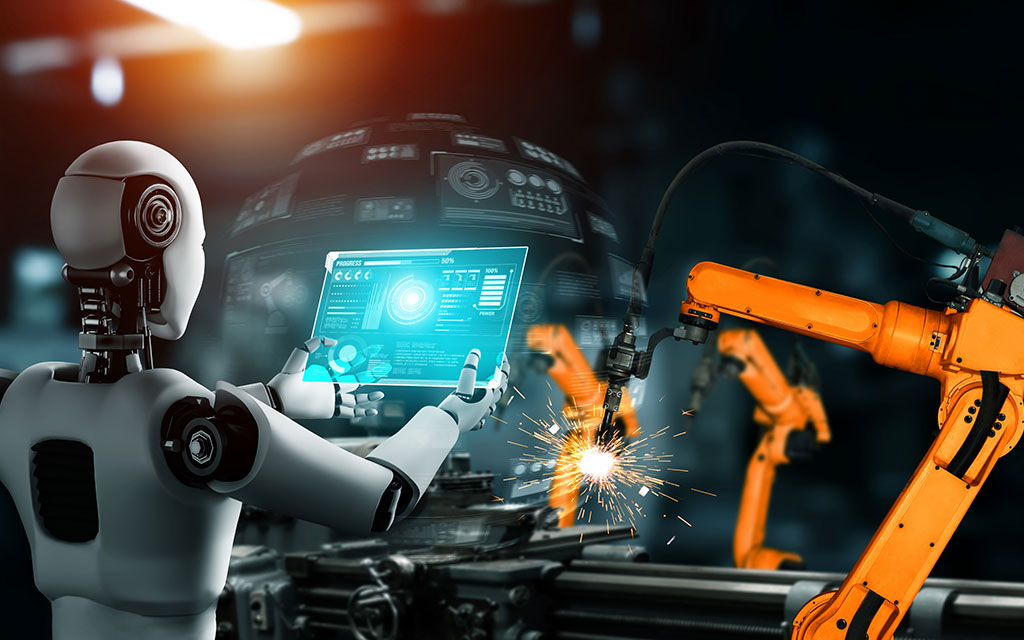
1. New Construction Technologies Driving the Innovation (AI, 3D printing)
The emerging new construction technologies such as 3D printing, robotic construction, smart equipment driven by AI and IoT are expected to have a massive disruptive impact on future of construction industry.
These new technologies will equip the construction companies to deliver purpose-built shapes that were impossible using traditional methods.
Thereby, reducing the overall construction time from weeks to days and from days to hours.
Advantages:
- Reduce construction time
- Bespoke solutions
- Productivity gains
- Reduction in waste
Example:
Construction of new Google’s headquarters at California will be using the most advanced robotic-cranes also known as crabots.
By using modular construction technology, an army of crabots will be deployed to lift prefabricated components such as furniture, walls etc and place them beneath huge glass canopies.
2. Connected Construction Technology
Connected construction technology is gaining boom in the recent years and will become an integral part of the construction industry over the coming years.
This technology aims at uniting all the construction equipment, devices, vehicles used, locations and people to stay communicating with each other through a centralized server.
This is done via wireless, or any digital technology means and under one single organization.
Advantages:
- Improved transparency
- Real-time communication
- Minimized risk and no over budgeting
- More accurate timelines
Example:
A worker working on the 50th floor can easily communicate with the supervisor using digital devices and can clear his doubt regarding any design issues.
Also, details about any truck or lorry carrying concrete or its fuel details can easily be tracked from a central location and can be communicated to the other construction teams.
3. HD Surveying & Geolocation
More advanced HD Surveying and geolocation analysis allow measuring and mapping of land without stepping the foot on the site.
This aids for ultra-fast digital mapping as well as rapid project estimating.
Incorporating new techniques such as HD photography, Geographic information systems, 3D laser scanning etc in the system greatly boost speed and accuracy.
Example:
The surveying and feasibility for a new site can easily be done with these techniques within minutes that too speedily, accurately, and flawlessly.
4. 5D BIM and the future of Digital Construction
Till now 3D BIM provides information regarding the spatial parameters of a proposed building such as aesthetics, specifications, geometry, thermal properties etc.
But it still lacks the incorporation of scheduling and budgeting estimation which is very critical too.
5D BIM helps the contractors and project owners to analyse, identify and record the impact of changes made to the 3D information in terms of budget and schedule.
Advantages:
- Better analysis of timelines and cost
- Easy to identify risks and take better informed decisions.
Example:
Architects and Project planners can get a real-time estimate on project schedule and cost incurred by making any changes in the proposed design.
5. IoT and Data Analytics
The concept of smart buildings has been and continues to be a buzzword in the construction industry.
Internet of Things (IoT) leverages intelligent and lifecycle optimizing equipment that help improve the O&M (operations and maintenance) of buildings.
As all the devices can talk/communicate with each other, all the critical issues can be resolved in the real-time proactively. Thereby reducing the costs and mitigating underlying risks.
Advantages:
- Improved On-site safety with intelligent devices
- Energy efficiency, strength and reliability of structure can be monitored
- Real-time notifications on issues and maintenance
- Reduces cost, improve efficiency
- Forewarns about downtimes
Example:
All the devices on IoT have sensors. There is another IoT device that captures the data of these sensors. So, any irregularity in the data can be predicted early and fixed on the spot.
Thereby, saving time, cost and causing absolutely zero downtime.
Security will be more Intelligent and Smarter

1. Monitoring with Drones for Efficient Operations
Construction industry is the largest and fastest commercial adopter of Drones or unmanned aerial vehicles.
Drone technology will play a significant role in UK’s goal of going carbon neutral and other optimal insulation targets by 2050.
This highly innovative technology enables construction companies in London UK to drive higher work efficiencies and create energy-efficient buildings or green buildings.
Advantages:
- More efficient work operations that reduce resource wastage and depletion.
- Improved safety measures as HD images clearly shows the crane locations, perimeter security, raw material movement etc.
- Fully automated drones aim for full on-ground site inspections. Data can be uploaded in cloud and viewed from any part of the world.
- Meeting sustainability objectives
- Improved on-site monitoring to track progress and identify areas that seek improvement.
- Faster transportation of raw materials with aerial logistics powered by special Drone Technology.
Example:
Advanced Drones with thermal imaging help capture more detailed data that is not possible to capture through the ground.
The data collected will help the engineers, surveyors and architects to understand the site in a better way and construct a flawless building that offers zero energy wastage.
2. AI Driven Surveillance Cameras for tighter security
Till now, the modern CCTV cameras deployed onsite are only designed to capture the live footage of the site. But require manual intervention to track or report any unusual activity.
The advancement in AI and machine learning would change the way these surveillance cameras work.
Futuristic cameras will automatically detect any unusual activity through facial recognition and will send notifications on app/mobile or whatever devices that are connected.
These continuous learning cameras will improve time efficiency as they will easily help to locate things in just a voice command which otherwise would take huge man hours to go through and find any specific thing.
Advantages:
- Improve time efficiencies
- More prompt actions can be taken when notified
- Don’t need manual intervention as they new AI CCTV cameras can operate of their own
- Can easily find objects, recognise faces with excellent zooming capability.
For example:
Voice Commands such as “find the yellow crane” or “find the worker not wearing helmet” can easily help, locate, and track the on-site operations through CCTV cameras.
3. Stricter Information Security
Modern regulations will enforce tighter laws protecting information sharing and other data security laws.
Modern process and techniques such as BIM (Building Information Modelling) shall be allowed to share data in a stricter way to the right recipient, at the right time and in the set format.
More involvement of digital technologies will benefit the construction companies, clients, and other stakeholders as they’ll add more transparency to the entire system.
Styling & Sustainability
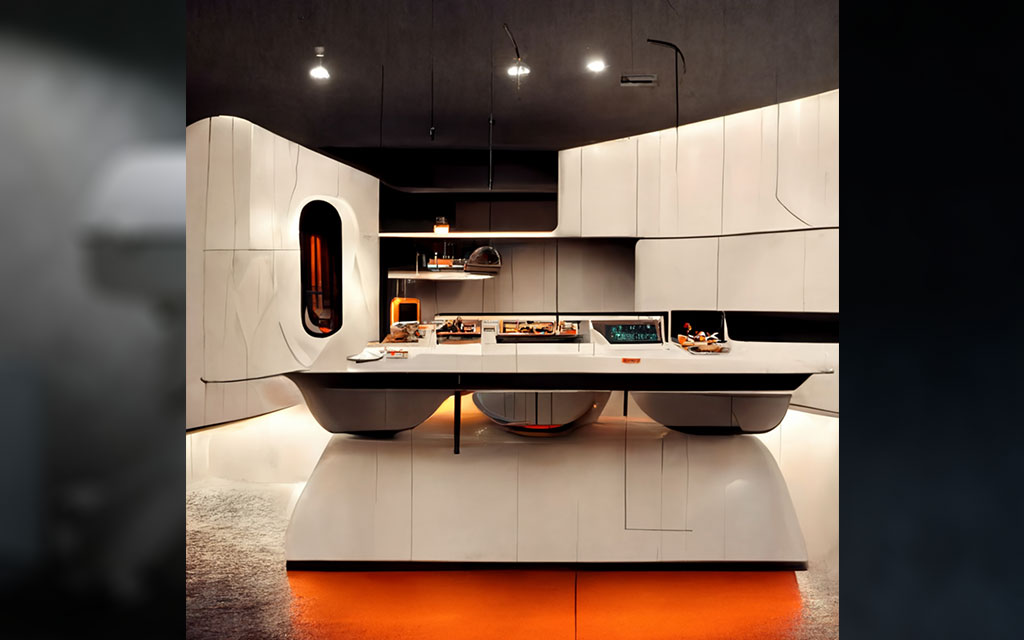
1. Multifunctional Kitchens for more than just Cooking
The leading kitchen manufacturing company TEL Kitchens shared, the future of kitchens will be focussed on sustainability apart from technology and accessibility.
In future, IoT will leverage the kitchens and turning them smarter and more intelligent.
Besides controlling devices through voice, volumetric cooking would be the new trend where you just need to place the ingredients in the oven and it’ll cook at various speeds and temperatures.
The new kitchen designs suggests that kitchens would be open planned around an island with smart appliances and serve as a great place for cooking as well as socializing.
2. Sustainable homes for a better future (Green Homes)
The entire architecture fraternity is witnessing a shift towards the love for eco-friendly homes by the people.
Sustainable homes also known as green homes aims to reduce the carbon emissions and energy consumption.
Features of Green buildings:
- Made by using advanced building materials
- Photovoltaic roof panels
- A+ rated appliances
- Improved floor, wall, and roof insulation
- Home Compost pits that’ll reduce the household waste sent for landfill.
Dealing with Space Crisis
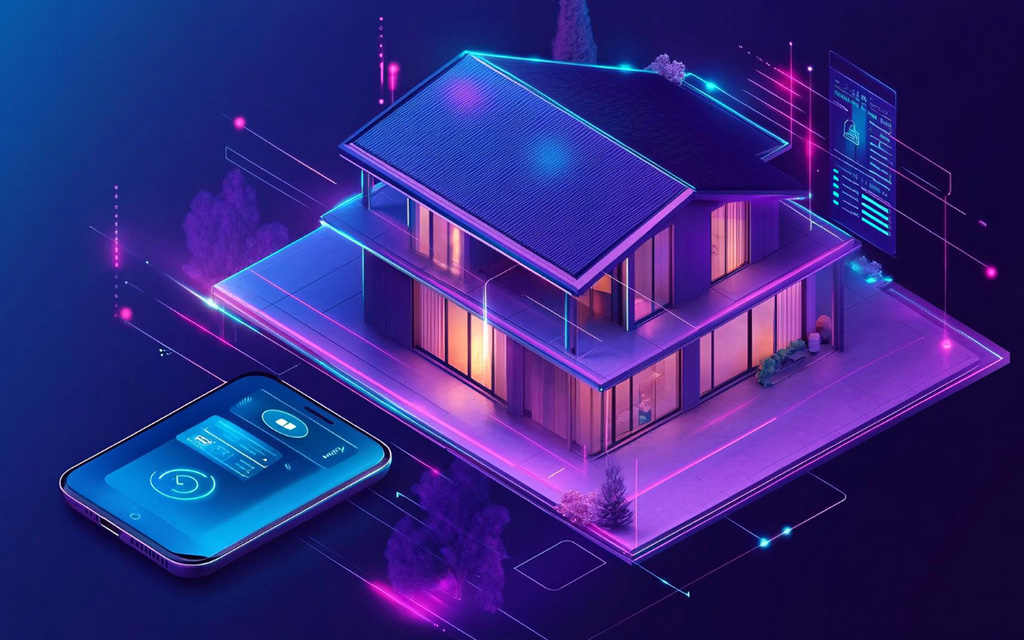
1. Flexible Constructions to utilize Optimal space
Construction companies would need innovative solutions to deal with the space crisis that the world is dealing right now and the things will turn more worse in future.
Here comes the concept of flexible constructions.
Advantage:
- Flexible rooms (residential) and constructions (commercial) will maximise the use of space.
- It will offer versatility to the owners to grow and expand with their evolving space needs.
Example:
To deal with the seasonal shortage of space at the tourist spots, hotel operators can collaborate with construction companies to construct scalable modular apartments.
Here the hotel operators can exploit the vacant spaces to build non-permanent homes within days and can dismantle anytime they feel the demand is over.
Flexible rooms in the home will enable the homeowners to easily convert that room from gym to study or from a teenage room to a living space for a retired parent.
Health & Safety Regulations
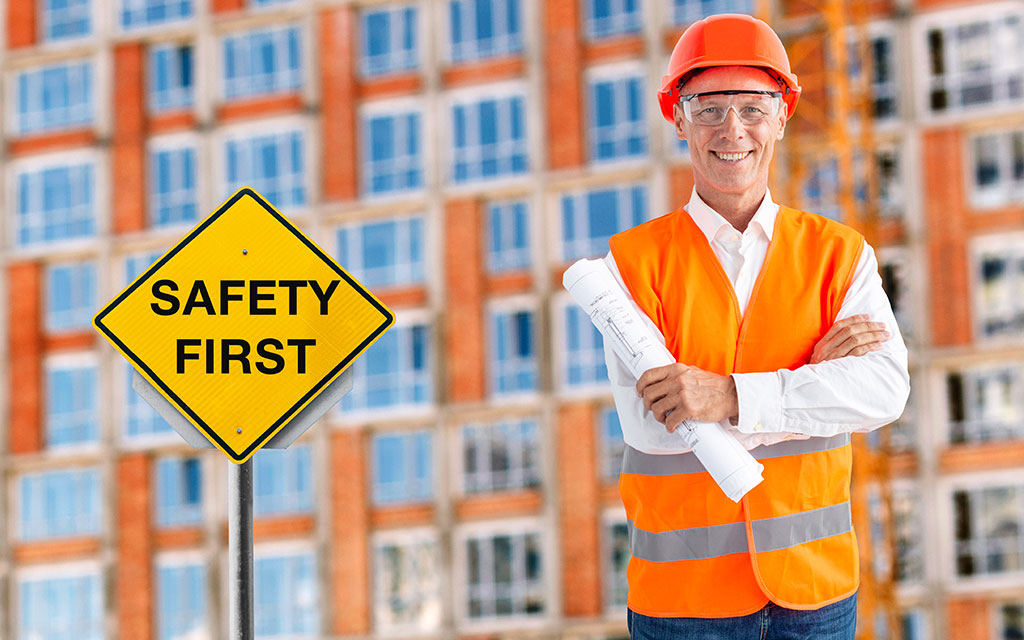
1. More Priority to health & safety of construction workers
In future, health & Safety of the construction workers will gain more prominence and more strict rules would be established to achieve it.
New regulations would be established that ensue proper adherence to construction processes such as
- Focus on cladding, roofing, scaffolding and other construction activities
- Standardization of building materials
- Advanced safety of high-risk buildings
- Improve the skills of people involved in managing/overseeing construction work.
- More on-site medical help
Bottom Line
The future of construction has much more benefits:
- for society by reducing costs and space issues
- for environment by offering green and sustainable buildings
- for construction companies by offering innovative technologies that resolve space, labour, safety and time issues.
The changes are already taking place and will blossom at a rapid pace in future.
Stay tuned with our blog to know more updates happening in the construction industry world.
 27 October 2025
27 October 2025 27 October 2025
27 October 2025 27 October 2025
27 October 2025 27 October 2025
27 October 2025 27 October 2025
27 October 2025
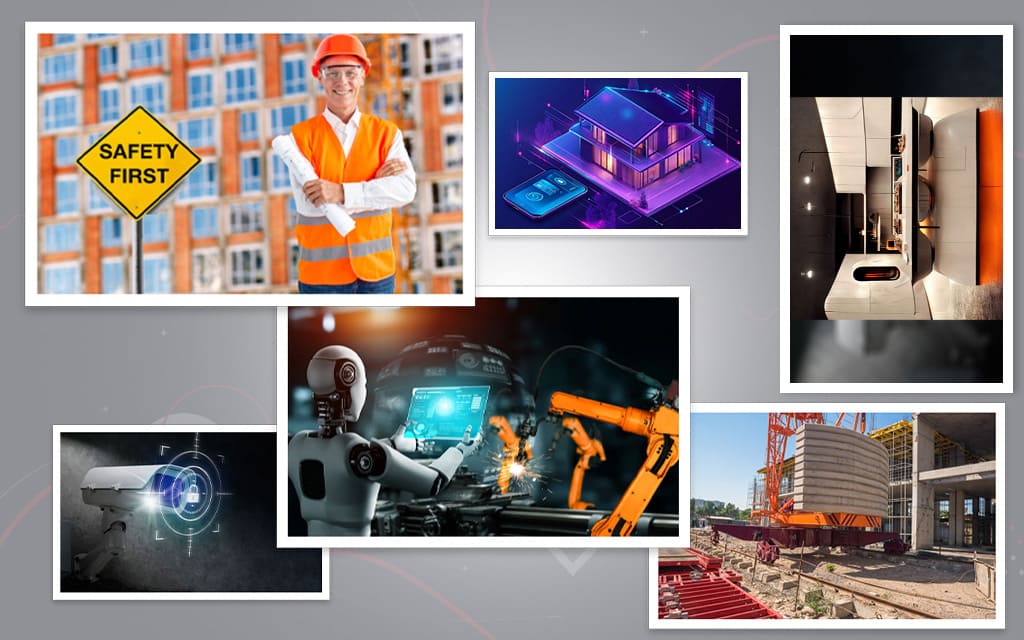









mangat